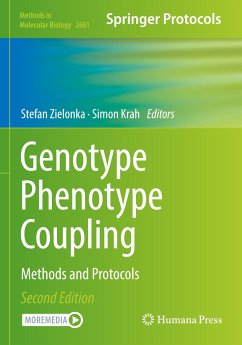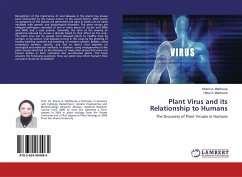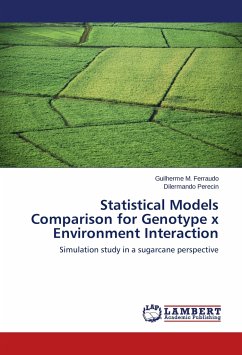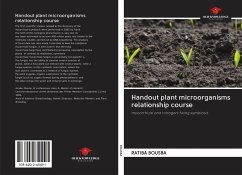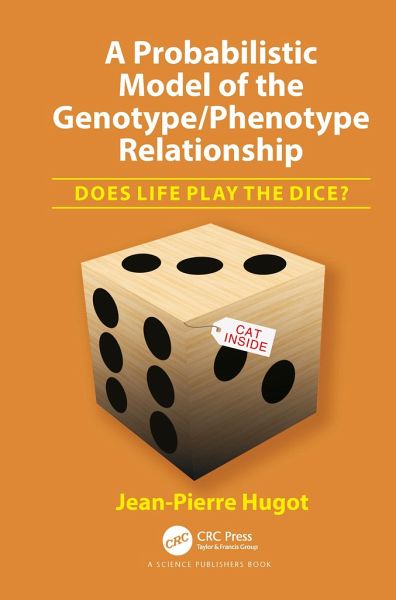
A Probabilistic Model of the Genotype/Phenotype Relationship
Does Life Play the Dice?
Versandkostenfrei!
Versandfertig in 1-2 Wochen
60,99 €
inkl. MwSt.
Weitere Ausgaben:

PAYBACK Punkte
30 °P sammeln!
A Probabilistic Model of the Genotype/Phenotype Relationship provides a new hypothesis on the relationship between genotype and phenotype. The main idea of the book is that this relationship is probabilistic, in other words, the genotype does not fully explain the phenotype. This idea is developed and discussed using the current knowledge on complex genetic diseases, phenotypic plasticity, canalization and others.






